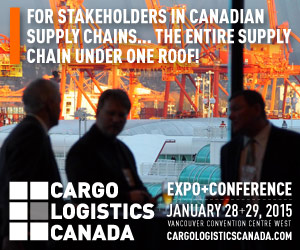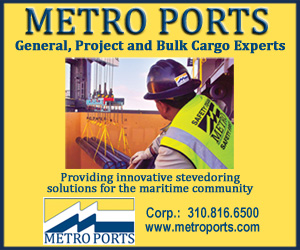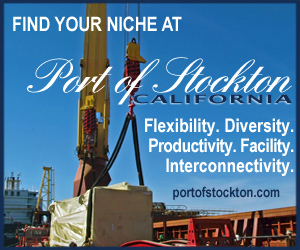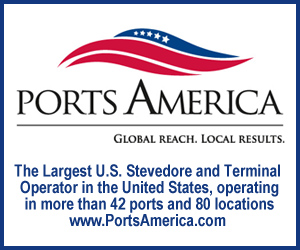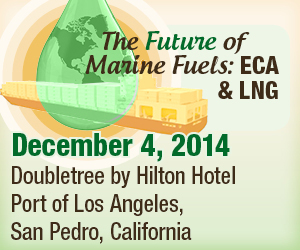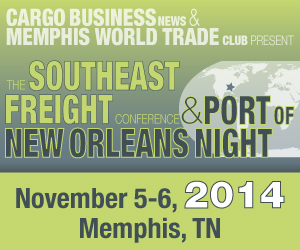

Friday, September 19, 2014
EU funds research project to create autonomous container ships
An EU-funded research project called MUNIN wants to make global cargo shipping more energy and cost efficient, aiming to create autonomous vessels that can sail themselves from port to port.
The project, the subject of a workshop at the SMM maritime conference in Hamburg,
is being led by researchers from the Fraunhofer Center for Maritime Logistics and Services. They want to prove the safety of unmanned ships and then push for changes in international maritime regulations to allow them to ply the seas.
"The technology for electronic positioning, satellite communications, and anti-collision measures already exists," said Ørnulf Rødseth, a researcher at the Norwegian Marine Technology Institute, in a report.
Rødseth admits that having the technology and getting governments and international regulators to buy in are different issues. "
In order to get regulatory buy-in, researchers will need to demonstrate that autonomous systems can make the safety of robotic ships at least as good as manned ones. They say the lower speeds and automated responses of robotic ships could actually reduce collisions and other accidents at sea, 75 percent of which are caused by human error.
The major technical challenge of totally autonomous ships is the issue of hardware failure. A ship's transit time could be anywhere from two to three weeks on many trips, and a loss of communications or sensor data would be difficult or impossible to deal with without crew onboard.
On the other hand, scientists say a single operator could pilot up to 10 cargo vessels simultaneously from a control center ashore, with a three- to four-megabit-per-second data link to each ship.
MUNIN ships would rely on electrical propulsion powered by natural gas instead of marine diesel fuel. This would reduce maintenance requirements and allow for redundancy that could keep a ship moving even with system failures.
Fully robotic ships based on the MUNIN concepts are at least a decade away, although some of the technologies could be adopted on existing ships sooner.
For more of the Ars Technica story: arstechnica.com
Maersk Container Industry technology could extend Africa's mango season
EPA grant to improve L.A. Harbor air through equipment retrofits
Semi-submersible gives dredger a ride to Singapore
Northrop Grumman develops winterization field upgrade kit for vessels


Home | The Magazine | Conferences | Port Handbooks | Newswire | Advertise | Ocean Schedules | Contact
CBN Archives | About CBN | Subscribe to CBN | Southeast Freight Conference | Marine Fuels Conference | Heartland Shippers’ Conference | Port Productivity Conference | Pacific Northwest Ports Handbook
Golden Gates Ports Handbook | Southern California Ports Handbook | Buy Handbooks | Subscirbe to Newswire | Newswire Archives | Upload Files
